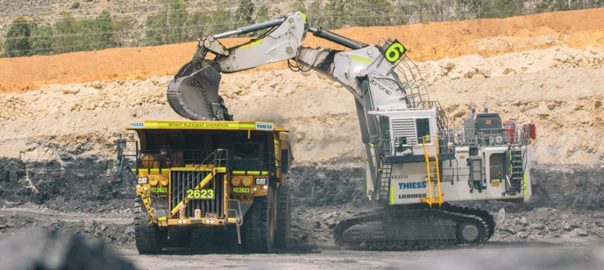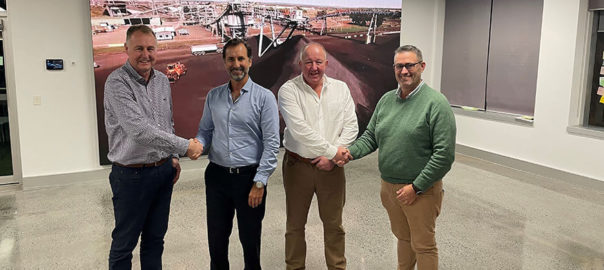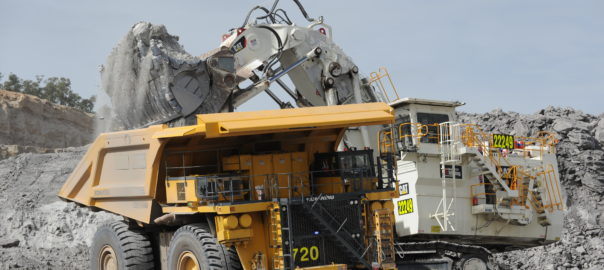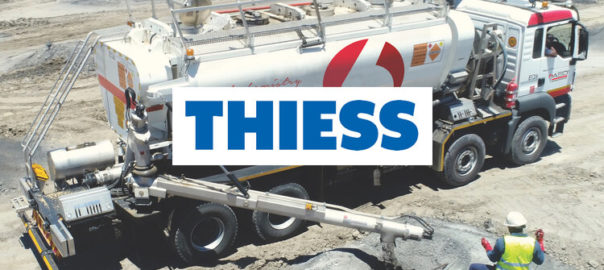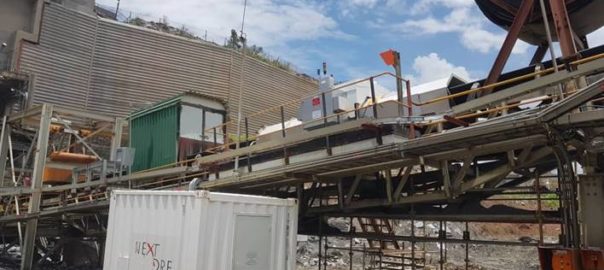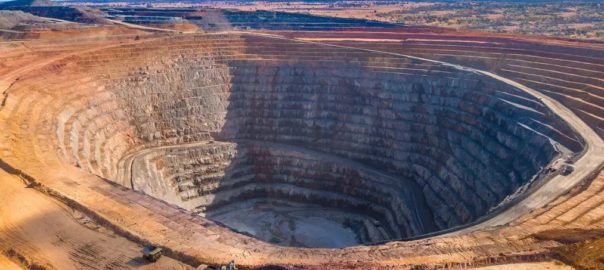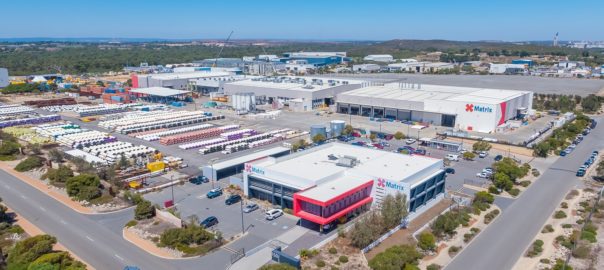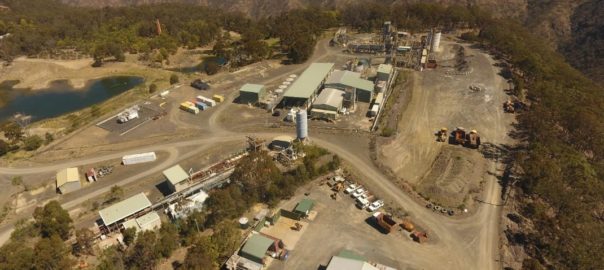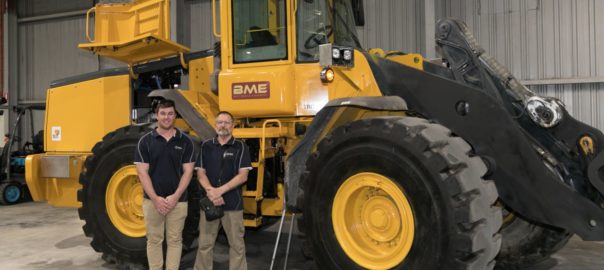Thiess has been awarded a contract extension by MACH Energy Australia to continue providing mining services at the Mount Pleasant Operation in the Hunter Valley, New South Wales, Australia.
The contract extension, which will commence in April 2022, will generate revenue of approximately A$920 million ($678 million) to Thiess over four-and-a-half years.
Having commenced operations when Mount Pleasant was a greenfield coal mine in 2017, Thiess is to continue providing full-scope mining services including drill and blast, overburden removal, coal mining services and rehabilitation.
Thiess Chief Executive Officer and Executive Chairman, Michael Wright, said: “Since 2017, Thiess has provided expert planning and optimum mine sequencing to deliver exceptional outcomes for our client. This contract extension builds on our strong five-year relationship with MACH Energy at Mount Pleasant. We’re pleased to continue to drive long-term social, environmental and economic value for the Upper Hunter region.”
Thiess Executive General Manager Australia & Pacific, Shaun Newberry, said: “We’re proud to continue our work at Mount Pleasant where we have a proven track record of delivering industry-leading environmental practices. We also look forward to continuing our strong relationship with the Muswellbrook community to ensure we deliver mutually beneficial outcomes.”
Thiess says it has a strong presence in the Hunter Valley where it provides mining services at three mines.







